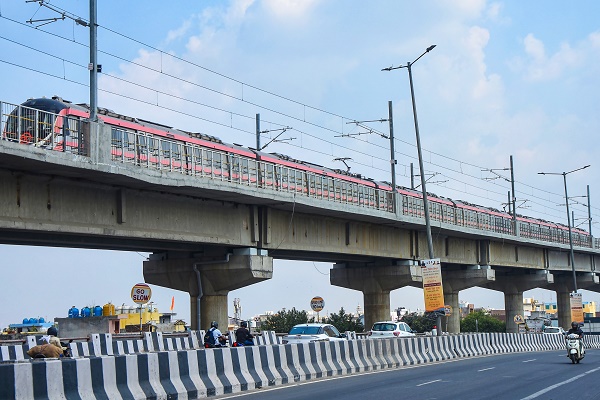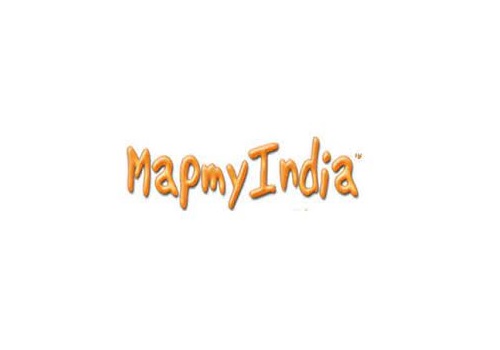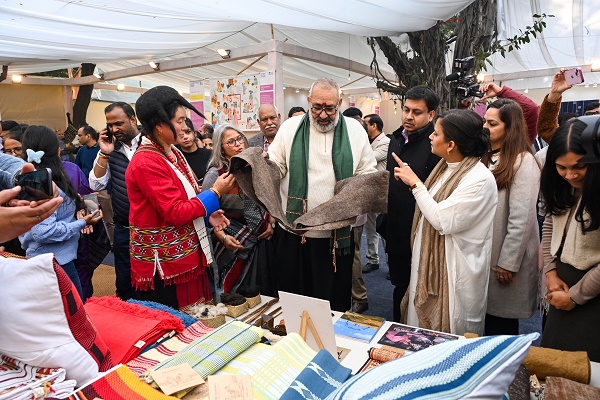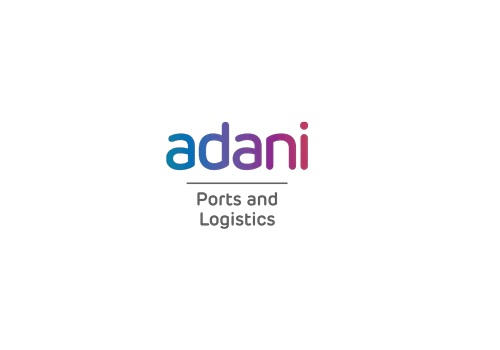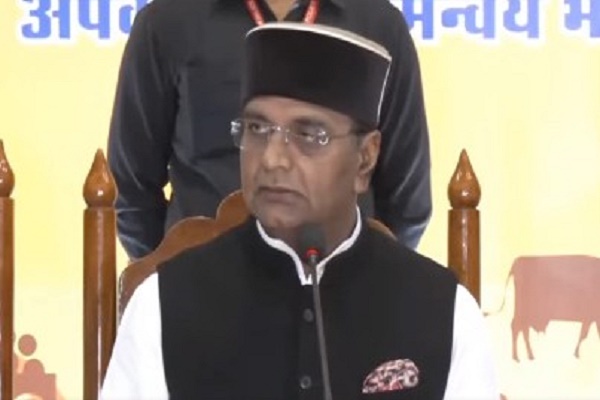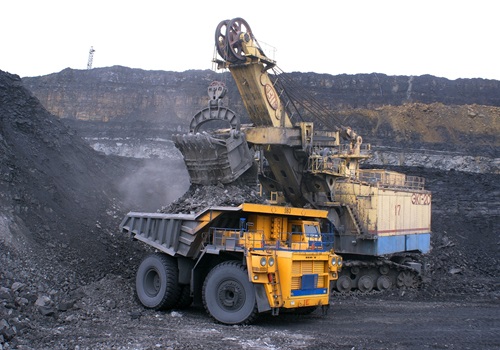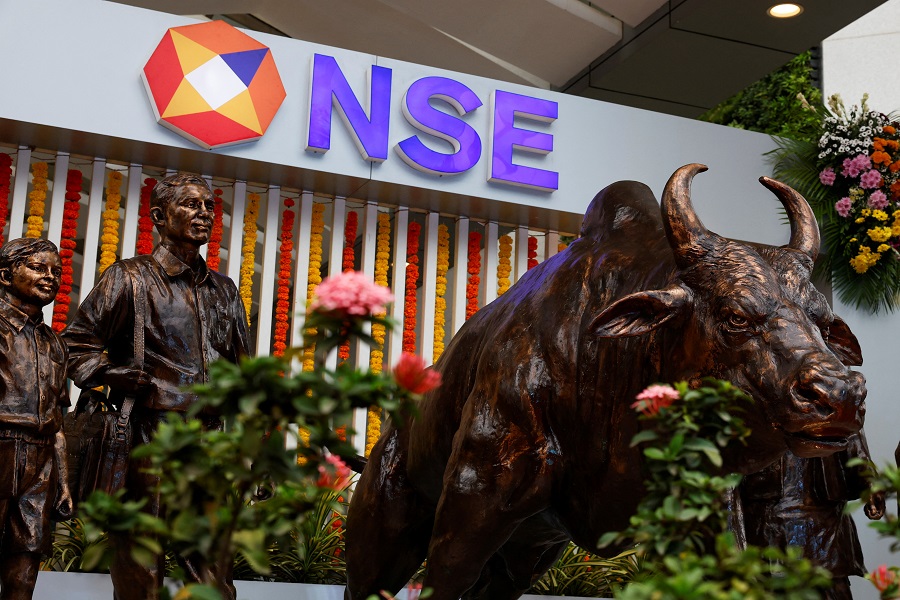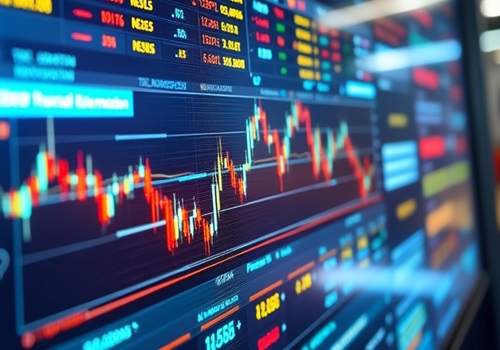Quote on the recent US decision to impose a steep 50% tariff on all Indian exports by Dr. Manoranjan Sharma, Chief Economist at Infomerics Ratings
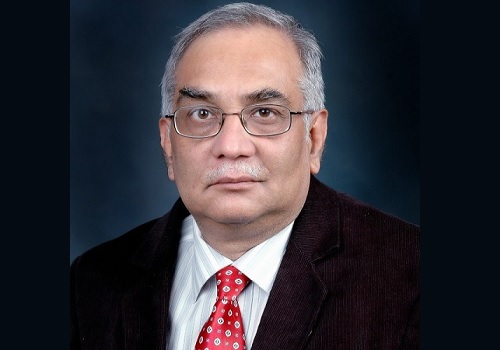
Below the Quote on the recent US decision to impose a steep 50% tariff on all Indian exports by Dr. Manoranjan Sharma, Chief Economist at Infomerics Ratings
Trump’s 50% Tariff Tantrums: Down but Not Out
The announcement from Washington is blunt and brutal: from August 27, 2025, every Indian export landing on American shores will face a 50% tariff wall. The pretext? India’s continued purchase of Russian oil and arms. The effect? A sledgehammer blow to the world’s fastest-growing major economy and a reckless gamble with one of America’s most consequential partnerships.
For decades, India and the US have worked to stitch together an intricate tapestry of trade, technology, defence, and diplomacy. Now, with one sweeping stroke, that fabric risks being torn asunder.
A Seismic Shift
The US is India’s largest export destination, taking nearly 17% of our goods—pharma, textiles, jewellery, auto components, and engineering products. A flat 50% tariff makes these exports instantly uncompetitive.
* Textiles & Apparel: Margins will evaporate in a sector where pennies decide contracts. Millions of livelihoods are at stake.
* Pharmaceuticals: Indian generics—lifelines for American households—will lose market share to rivals with easier access. Ironically, American consumers will pay the price too.
* Gems & Jewellery: A labour-intensive industry that sparkles in India’s export crown could suddenly go dim.
* Engineering & Auto Components: Factories risk slowdowns, workers risk pink slips, and the “Make in India” dream takes a hit.
This isn’t just about trade flows. It’s about jobs, incomes, and India’s growth story. Exports worth US$48 billion are directly in the line of fire. The knock-on effects—on the rupee, inflation, and investor confidence—will not be small.
The Bigger Picture: Hit on GDP
The tariffs could shave off 0.3–0.5 percentage points of GDP growth. That’s not an abstract number—it translates to factories running below capacity, exporters defaulting on loans, and young Indians staring at shrinking job prospects. Investor sentiment, already jittery in a world of geopolitical tremors, may cool further as India’s economic stability looks hostage to Washington’s mood swings.
Diplomacy in the Dock
This is not just a trade war—it’s a test of trust. The India–US relationship has been hailed as the “defining partnership of the 21st century.” Defence collaboration, Indo-Pacific alignment, tech transfers—all now hang in the balance.
The tariffs flout WTO rules and mock the principle of non-discrimination. For India, they are a reminder that Washington’s rhetoric of partnership often crumbles when confronted with domestic political pressures.
India’s retaliation options are limited. Slapping duties on American whiskey or Harley-Davidsons may make headlines, but won’t level the field. The smarter response lies in diversification—EU, ASEAN, Africa, Latin America—and building domestic resilience.
A Blessing in Disguise?
History shows that crises often force countries to reinvent themselves. If India uses this defining moment to accelerate Make in India 2.0, strengthen supply chains, and diversify export markets, the pain could sow the seeds of long-term gain.
* Broaden Manufacturing: India’s manufacturing base, stuck at 14% of GDP, must expand if we are to withstand shocks of this scale.
* Supercharge PLIs and FTAs: Push aggressively into sunrise sectors, upgrade FTAs with Europe and the UK, and join deeper value chains.
* Simplify Tariffs & Attract Capital: Rationalize tariffs, woo anchor investors, and build ecosystems that can compete globally.
* Diplomatic Muscle: Use backchannels, creative negotiation, and coalition-building at the WTO to make tariffs politically costly for Washington.
India’s Lakshman Rekha
New Delhi has consistently rejected “take-it-or-leave-it” bargains—whether in agriculture, dairy, or digital trade. Protecting vulnerable farmers and small enterprises is not negotiable. India seeks reciprocity, not charity; partnership, not coercion.
Pathway To the Future
Such extreme tariffs are nothing less than economic blackmail. But they may also be the shock therapy India needs to break free of complacency and dependence. If industry, policymakers, and diplomats act in concert, today’s tariff terror could become tomorrow’s trigger for transformation.
The task ahead is difficult, but with sincerity of purpose and concerted efforts, we can-and we will-surmount this challenge. What is required is to go full steam ahead and fire on all cylinders. This tipping point is reminiscent of President John F. Kennedy's Inaugural Address (1961), “With a good conscience our only sure reward, with history the final judge of our deeds, let us go forth to lead the land we love, asking His blessing and His help, but knowing that here on earth God's work must truly be our own”.
Above views are of the author and not of the website kindly read disclaimer
